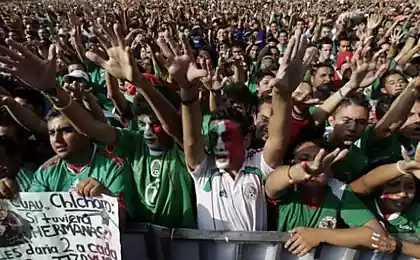170
Ecopark in Uruguay opens doors for tourists
Ecological Park in Uruguay
Tourists from all over the world who are not indifferent to environmental protection come to the Uruguayan Ecopark. This sustainable conservation project stretches over as many as 100 acres of magnificent pristine wildlife.
Ecological Park in Uruguay
It all started three years ago with the usual rural center, which decided to make the Mecca of eco-tourism. Non-profit organizations have provided remarkable assistance to this undertaking, allocating sponsorship funds for the expansion of the reserve several times. The Ecopark is located in the Canelones department and it is quite remote even from the nearest village of Aguas Corrientes. But, of course, it is very convenient in terms of development, and therefore many original buildings appeared on the territory of the park. Some of the buildings are already provided with hot water, which is heated naturally by the sun.
Ecological Park in Uruguay
The project is based on complete self-sufficiency – well-planned gardens make full use of organized space, water recycling systems are widely used in the ecopark, and energy use is as efficient as possible.
Ecological Park in Uruguay
The non-profit project is designed to demonstrate how to live in complete harmony with nature and on full self-sufficiency. Another goal of the ecopark was to create a platform for experiments with methods of organic gardening, ecological construction and clean energy of sun, wind and water. Under the organic garden allocated an impressive plot of land. An ecopark can teach people about eco-friendly gardening and self-sufficiency. This, along with the hope of preserving the landscape intact, was the main purpose of the park.
The park has five houses that are rented out during the tourist season, as well as a club (which has a solar-heated pool) for conferences and parties. As cultural entertainment, those who wish are provided with boating, cycling, and participation in hiking.
Ecological Park in Uruguay
Wild landscapes in the ecopark lead down to the Santa Lucia River, which provides a stable source of water for irrigation of land, eucalyptus grove, bamboo forest and wild fruits and mushrooms that grow throughout the ecopark. In places that used to be deserted, they even made a natural reserve of butterflies and equipped sandy beaches along the banks of the river.
Source: www.ecobyt.ru/






















